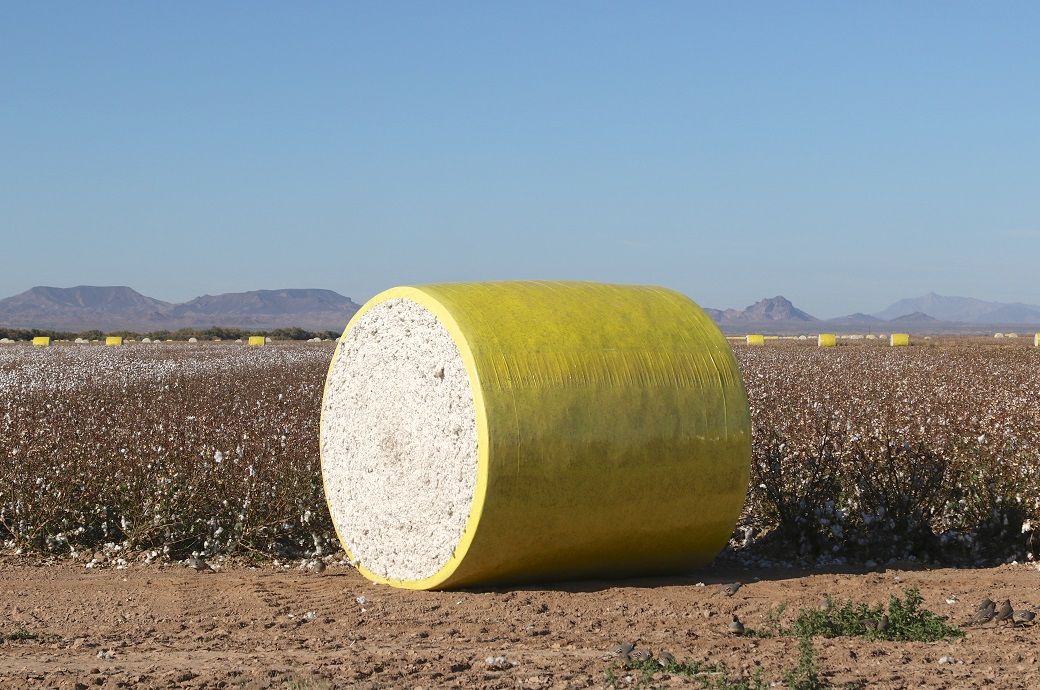
ICE’s most active December 2025 contract settled at 67.41 cents per pound (0.453 kg), up 0.71 cent. The July 2025 contract settled at 63.96 cents, down 0.08 cent, while the October contract ended at 66.88 cents, down 17 points. Other contracts posted gains ranging from 61 to 74 points.
Total trading volume on ICE stood at 45,611 contracts, while the number of cleared contracts as of Friday was 60,236. ICE inventory as of June 20 stood at 62,332 bales, unchanged from the previous day.
Market analysts noted that although crude oil was initially supported by Iran–Israel tensions, cotton held onto its gains even after crude prices declined sharply. Crude oil futures fell by more than $5, or over 7 per cent, on Monday after Iran launched an attack on a US military base in Qatar in retaliation for US airstrikes on Iranian nuclear facilities over the weekend.
Despite rising geopolitical tensions, Iran did not block oil or gas shipments through the Strait of Hormuz, which helped limit panic in energy markets.
A severe heatwave that began last Friday in the Great Plains is now spreading across much of the United States, raising concerns about stress on the cotton crop. Extremely hot weather in cotton-producing areas has become a key supporting factor for cotton prices.
According to the USDA’s crop progress report for the week ending June 22, 2025, 47 per cent of the US cotton crop was rated good to excellent, down from 48 per cent the previous week and 56 per cent during the same period last year.
Brazilian export data from Secex showed 99,957.40 tonnes of cotton exported in the first three weeks of June 2025, with an average daily export volume of 7,139.81 tonnes—down 11 per cent from last year’s 8,020.39 tonnes per day. Brazil exported 192,200 tonnes of cotton in May 2025, a 16 per cent decline compared to May 2024, generating total revenue of $308.7 million.
As of now, ICE cotton for July 2025 was trading at 63.96 cents per pound (down 0.08 cent), cash cotton at 65.63 cents (down 0.17 cent), the October 2025 contract at 67.57 cents (up 0.69 cent), the December 2025 contract at 67.60 cents (up 0.19 cent), the March 2026 contract at 68.87 cents (up 0.23 cent), and the May 2026 contract at 69.79 cents (up 0.17 cent). A few contracts remained at their previous closing levels, with no trading recorded today.
ALCHEMPro News Desk (KUL)
Receive daily prices and market insights straight to your inbox. Subscribe to AlchemPro Weekly!